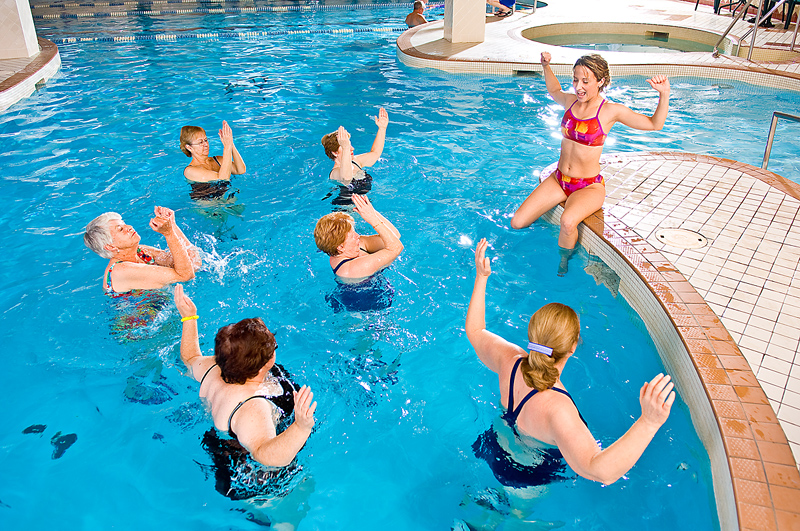
FRIDAY, April 1 (HealthDay News) — A new technology that temporarily zaps away forehead wrinkles by freezing the nerves shows promise in early clinical trials, researchers say.
The technique, if eventually approved by the U.S. Food and Drug Administration, could provide an alternative to Botox and Dysport. Both are injectable forms of Botulinum toxin type A, a neurotoxin that, when injected in small quantities, temporarily paralyzes facial muscles, thereby reducing wrinkles.
“It’s a toxin-free alternative to treating unwanted lines and wrinkles, similar to what is being done with Botox and Dysport,” said study co-author Francis Palmer, director of facial plastic surgery at the University of Southern California School of Medicine in Los Angeles. “From the early clinical trials, this procedure — which its maker calls cryoneuromodulation — appears to have the same clinical efficacy and safety comparable to the existing techniques.”
Palmer is also consulting medical director of MyoScience, Inc., the Redwood City, Calif.-based company developing the “cryotechnology.”
The results of the clinical trials were to be presented Friday at an American Society for Laser Medicine and Surgery (ASLMS) conference in Grapevine, Texas.
To do the procedure, physicians use small needles — “cryoprobes” — to deliver cold to nerves running through the forehead, specifically the temporal branch of the frontal nerve, Palmer said. The cold freezes the nerve, which interrupts the nerve signal and relaxes the muscle that causes vertical and horizontal forehead lines.
Although the nerve quickly returns to normal body temperature, the cold temporarily “injures” the nerve, allowing the signal to remain interrupted for some period of time after the patient leaves the office.
The technique does not permanently damage the nerve, Palmer said.
Researchers said they are still refining the technique and could not say how long the effect lasts, but it seems to be comparable to Botox, which works for about three to four months, Palmer said.
Physicians would need training to identify the nerve that should be targeted, he added.
The 15-minute treatment is done using local anesthesia, according to the researchers. The current study only looks at forehead wrinkles; future research will study the procedure elsewhere on the face, Palmer said.
For the study, researchers tried the technique on 31 people, all of whom had fewer wrinkles after two to eight injections. The most common side effects were headaches and skin redness. The level of discomfort was comparable to that from Botox or fillers, Palmer said.
But unlike Botox, which takes a few days to kick in, the effects of the cryotechnology are seen immediately, the researchers say.
Because this study was presented at a medical meeting, the data and conclusions should be viewed as preliminary until published in a peer-reviewed journal.
Palmer said he didn’t see the new technology as a replacement for Botox, but instead as an alternative for people who don’t want an injection of a neurotoxin.
The company will eventually seek FDA approval as a medical device. Palmer said the company might first seek approval in Europe.
Dr. Brian Zelickson, an associate professor of dermatology at the University of Minnesota in Minneapolis, said the technique sounds promising, but needs more research to determine how long results last and to make sure no lasting nerve or muscle injury occurs that could cause permanent changes in sensation.
He agreed that the toxin-free cosmetic procedure might win some followers.
“Botox and Dysport are very easy, very quick, the patient satisfaction profile is great and there are very few side effects,” said Zelickson, incoming president of ASLMS. “It’s a high bar to leap over, but there are some people that don’t like the concept of injecting Botulinum toxin into their bodies. If there were a procedure that could be done, that doesn’t inject any chemical into the system and could yield the same results for the same duration, there is a market for that.”
According to the American Society for Aesthetic Plastic Surgery, Botox and Dysport injections top their list of nonsurgical procedures.
More information
The U.S. National Library of Medicine has more on Botox.

